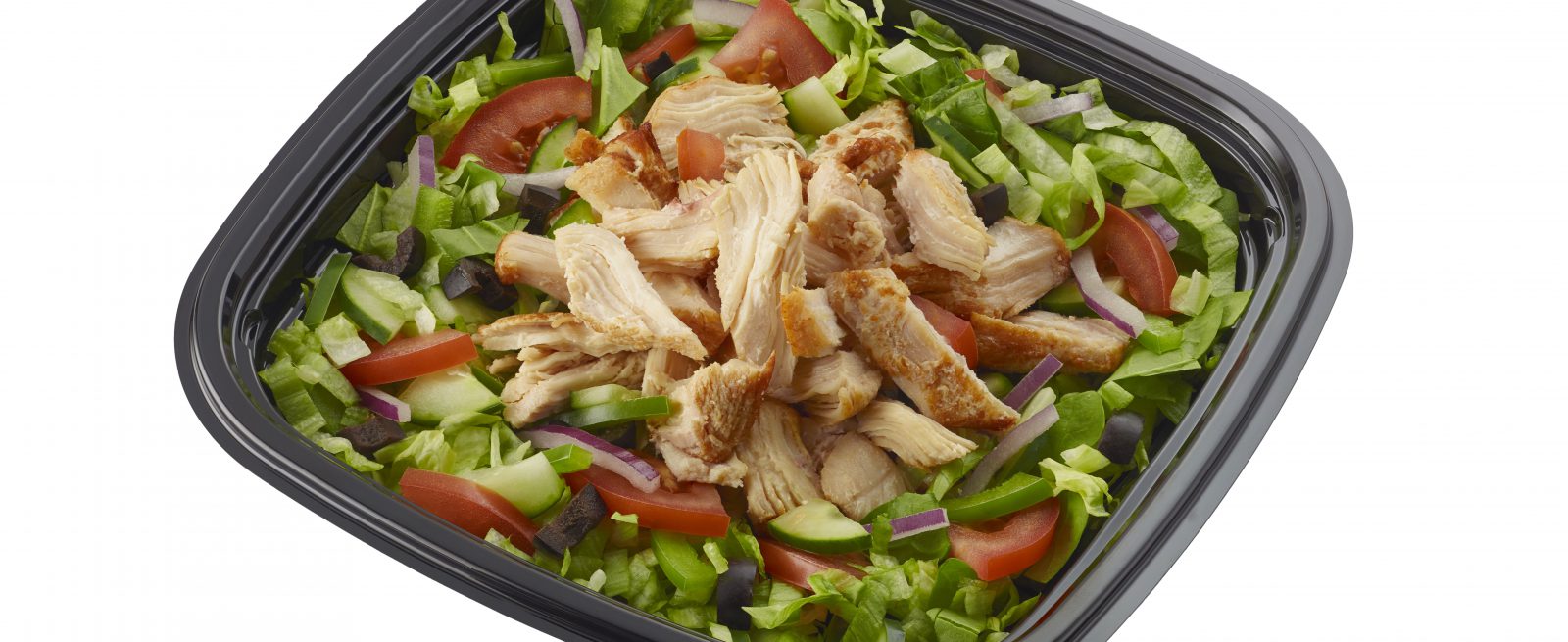Making Nutritional Menu Items More ‘Craveable’
2 Min Read By MRM Staff
The philosophy that “good food can be good for you” has been entrenched in the culture at Subway. The brand has provided easily accessible nutritional information for guests since 1997 and listed out calories on menu boards in all U.S. restaurants more than a year before the FDA requirements.
Other initiatives include transitioning to serve only eggs from cage-free hens and only meat products from animals raised without antibiotics, with a goal of completion by 2025 as well as reducing the sodium in Fresh Fit sandwiches by 33 percent and for overall day part sandwiches, by 30 percent since 2009.
While diners are more focused on what’s in their food, Subway found 84 percent of Americans aren’t meeting the USDA recommended minimum number of daily vegetable servings, which is four servings or equivalent to two cups.
Subway Global Dietitian, Lanette Kovachi, RDN, told Modern Restaurant Management magazine, it’s important for the restaurant industry to be both responsible and responsive to guests and one way is to make vegetables more “craveable.”
“The vegetable selections need to look desirable so guests can embrace them,” she said, adding that restaurants can up the number of vegetable options and offer items that can contain a variety vegetables such as a chopped salad.

“People are understanding that there’s a quality of the calories and not all are created equal,” Kovachi noted. “For restaurants, it’s about always having the best quality of the ingredients and explaining the different options.”
For a company that’s already focused on nutritional transparency and social responsibility, Subway believes it is poised and ready to provide solutions to promote healthier dining in the U.S.
“These statistics provide us with a great opportunity to stick to what we do best and make a lot of strides,” Kovachi concluded. “Getting our ingredients a bit cleaner helps us stay ahead of our competition.”

